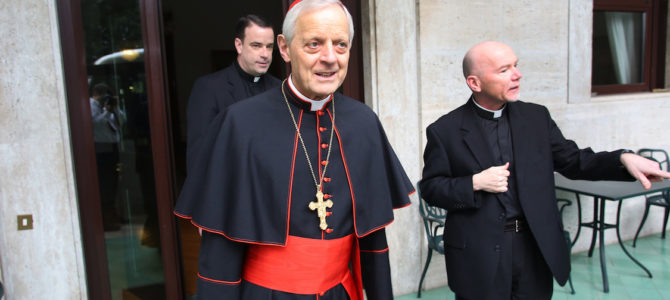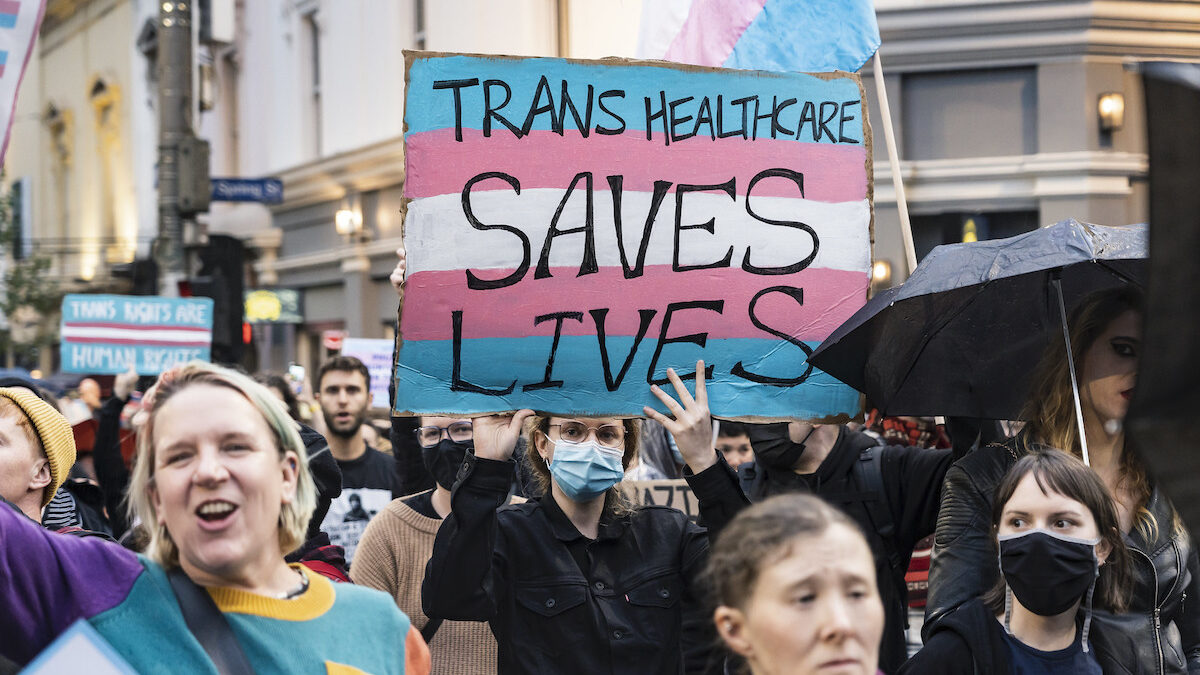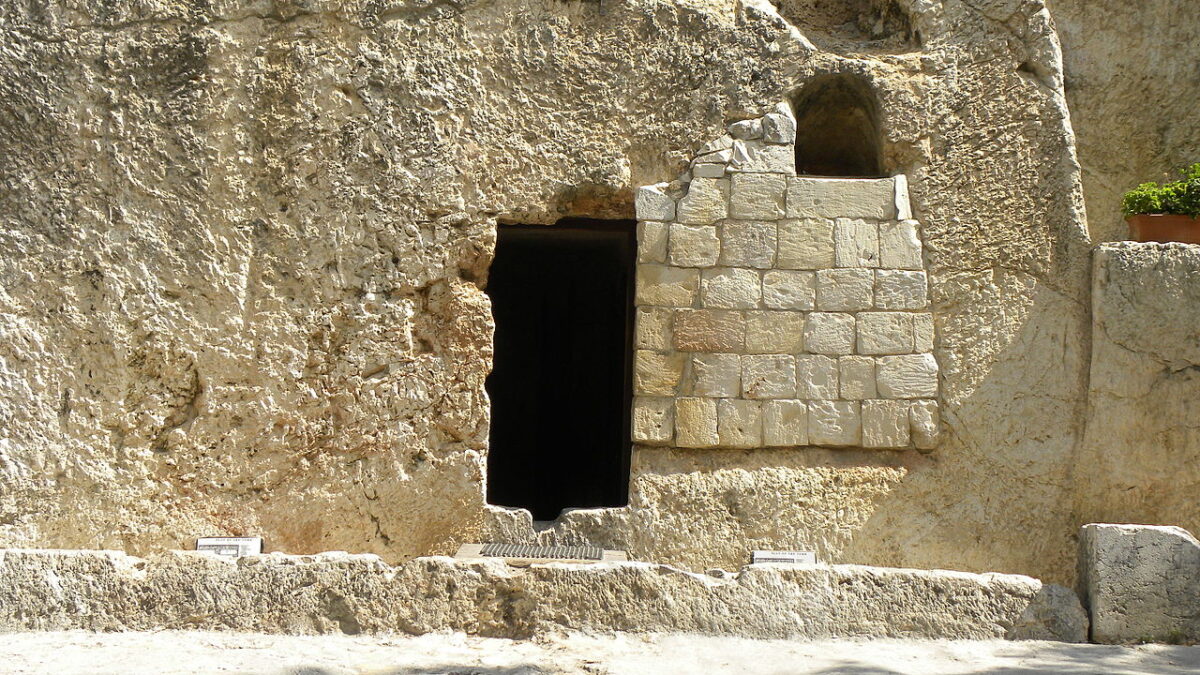
The Pennsylvania grand-jury report released Tuesday is difficult to read. It not only details widespread sexual abuse of boys and girls by Catholic priests over the past 70 years, it also reveals a systematic coverup by Catholic bishops across the state.
More than 1,000 children were abused by hundreds of priests, scores of whom were protected by bishops, transferred to new dioceses, or promoted. The scathing 884-page report is one of the most comprehensive investigations ever into the Catholic Church’s ongoing sex-abuse scandal.
There is the priest who raped a seven-year-old girl in the hospital after she’d had her tonsils out. There is the priest who raped a girl, got her pregnant, then arranged for an abortion. There is the ring of priests in the Pittsburgh diocese who “shared intelligence or information regarding victims,” created child pornography and exchanged victims among themselves, using “whips, violence and sadism in raping their victims.” It goes on and on, and it is sickening.
Then there is the insidious evil of the bishops who covered up this abuse. The bishop in the Diocese of Erie who, despite a priest’s admission that he had assaulted at least a dozen boys, wrote to thank him for “all you have done for God’s people … The Lord, who sees in private, will reward.” Or the bishop in Scranton, writing to the priest who had arranged for an abortion for his victim, “This is a very difficult time in your life, and I realize how upset you are. I too share your grief.”
Indeed, the church hierarchy’s efforts to cover up abuse are the most salient aspect of the report. As Chad C. Pecknold, a professor at the Catholic University of America, told The Wall Street Journal, “Previously, everyone understood that abuse was rampant, and that the church worked hard to try to resolve the problem. What was not clear before, and is clear now, is how many bishops worked just as hard to cover things up.”
The response from U.S. bishops has thus far been tepid and self-serving. The U.S. Conference of Catholic Bishops released a bland statement that could have come from any nameless PR firm. “We are profoundly saddened each time we hear about the harm caused as a result of abuse, at the hands of a clergyman of any rank,” it reads. “We are committed to work in determined ways so that such abuse cannot happen.”
Such language echoes the weak response from U.S. bishops recently to revelations of misconduct by former Cardinal Theodore McCarrick, who resigned last month amid allegations he had for years sexually abused boys and had sexual relations with adult seminarians.
Cardinal Donald Wuerl, successor to McCarrick in the Archdiocese of Washington DC and a former bishop of Pittsburgh for 18 years, has long touted himself as a tough reformer in the clerical abuse crisis. But the grand jury report casts doubt on his conduct in Pittsburgh, detailing at least one case in which he appears to have rewarded an abusive priest for keeping silent about other abusive priests in the diocese.
Such revelations have been met with spin from church leaders. On Tuesday night, the Archdiocese of Washington D.C. launched a slick PR website, TheWuerlRecord.com, defending Wuerl’s handling of abuse over the years. As of this writing, the website had been taken down amid criticism.
The Roots Of the Crisis Run Deep
This is not what one expects from the successors to the apostles, from men who are “living instruments of Christ the eternal priest,” in the words of Vatican II. A Catholic priest is not a religious bureaucrat authorized to conduct church business, but a living icon of Christ himself, one who stands in persona Christi, “in the person of Christ,” making Christ physically present in the church.
Bishops are both priests and overseers of the local parishes for which they are responsible. They are the shepherds, the protectors, and they have manifestly failed.
What should faithful Catholics conclude from all this? In the coming days and weeks we will no doubt hear, as we have ever since the scandal first broke in 2002, that the problem is with the church itself, with its backward teachings about the celibacy of the priesthood and homosexuality and a host of other things. We will hear calls for the church to change, to become more like progressive Protestant churches that have made peace with moral relativism and ever-shifting doctrine.
All such criticism gets the crisis exactly backwards. The crisis did not arise from the teachings of the Catholic Church, it arose from the abandonment of those teachings by a faction of U.S. priests, bishops, and theologians amid the ferment of the sexual revolution in the 1960s and ‘70s. More than anything, the sex abuse crisis in the church stems from the “culture of dissent” that prevailed in seminaries and dioceses across the country during this time.
What were these church leaders dissenting from? From the church’s teachings, elucidated in Pope Paul VI’s 1968 encyclical Humanae Vitae, on contraception, marriage, sexuality — the very things progressives and dissenters today say the church should abandon.
Yes, some in the church did abandon those teachings, with the result that they lost sight of what a priest is and what a bishop is and what their solemn duties are. Throughout the 1960s and ‘70s in particular, droves of priests renounced their vows and left the church, while others remained in active ministry but indulged themselves, taking on sexual partners, fathering children, and as we know now, abusing innocent children. All the while, prominent theologians were giving them intellectual cover by promoting a culture of dissent within the church.
The crisis, in other words, is not a crisis of Catholic teaching or tradition. It is a crisis of fidelity to that teaching and tradition — it is a crisis of faith.
Young Catholics Are Speaking Out
As for what should happen now, a rising generation of Catholics are demanding more than bland apologies from bishops: They want action. Earlier this month, First Things published an open letter from 44 young Catholics — journalists, academics, and activists — addressed to church leaders and asking for “a thorough, independent investigation into claims of abuse by Archbishop McCarrick, both of minors and of adults.”
“We want to know who in the hierarchy knew about his crimes, when they knew it, and what they did in response,” the letter continues. “This is the least that would be expected of any secular organization; it should not be more than we can expect from the Church.”
The letter asks for the silence about sexual impropriety among clergy to be broken, for bishops to take clear action against priests who flout the church’s teaching on sexuality, and for good priests to be given the freedom to tell their bishops what they know without fear of reprisals. It also asks that “bishops engage in formal acts of public penance and reparation.”
In contrast to the measured tone of the letter, which was published before the grand-jury report was made public this week, the reaction to the report on social media has been more blunt, and the outrage is palpable. Sohrab Ahmari of Commentary called for sackcloth and ashes. National Review’s Michael Brendan Dougherty replied, “Then the guillotine.”
Rev. William Dailey wrote on Twitter, “Many of us have been saying since 2002 that what needed to happen then, in Dallas, was not a new policy but mass resignations of bishops to acknowledge their utter failure — as individuals but acting in concert — to protect children. Today’s report is an emetic reminder of that.”
A Personal Note
I was received into the Holy Roman Catholic Church this past Easter. Some might think it an odd time for someone like me, raised as a Protestant evangelical, to submit to Rome. After all, the church has been embroiled in a sex abuse scandal for more than 15 years, a crisis that has exposed horrifying sin and corruption — evil, in fact — within the ranks of its priests and bishops. Why would someone join the Catholic Church at a time like this?
The answer is simple. I did not join the church because I think its leaders are more holy or sinless than those of Protestant denominations, or because I prefer its style of worship and ritual, or even because I believe it does more good works than other Christian churches. I sought full communion with the Catholic Church because I believe all that it teaches to be true.
Among those teachings — in fact right at the heart of them — is the reality of sin: There is something wrong in the heart of man, and there always has been. That includes priests and bishops. Saint Paul himself warned of predators in the church. In his farewell to the Ephesians he wrote, “I know that after my departure savage wolves will come in among you, not sparing the flock; and from among your own selves men will arise, speaking perverse things, to draw away the disciples after them.”
Paul was echoing Christ, who warned of “false prophets, which come to you in sheep’s clothing, but inwardly they are ravening wolves.” That wolves have stolen in among Christ’s flock is nothing new, nor does it mean that the deposit of faith Christ imparted to his church is somehow lacking or in need of an update.
We don’t need new teachings any more than we need new PR statements from our bishops. Instead, we need public penance — truly, sackcloth and ashes. We need bishops to demand the resignations of their brother bishops who were complicit in this evil. We need thoroughgoing reform of corrupt seminaries across the country. And if the leaders of the Catholic Church in America will not do these things, then we need Rome to intervene.









